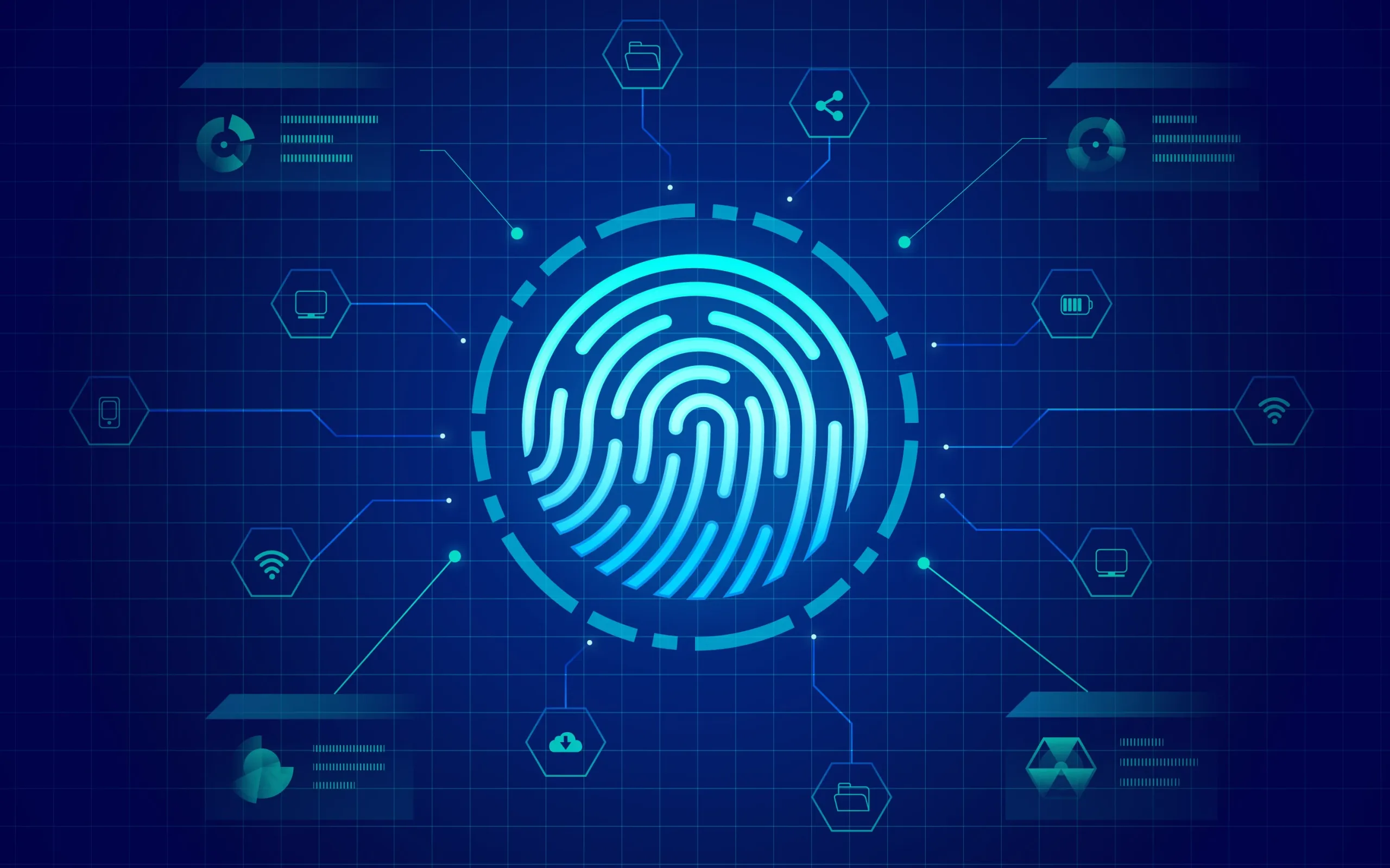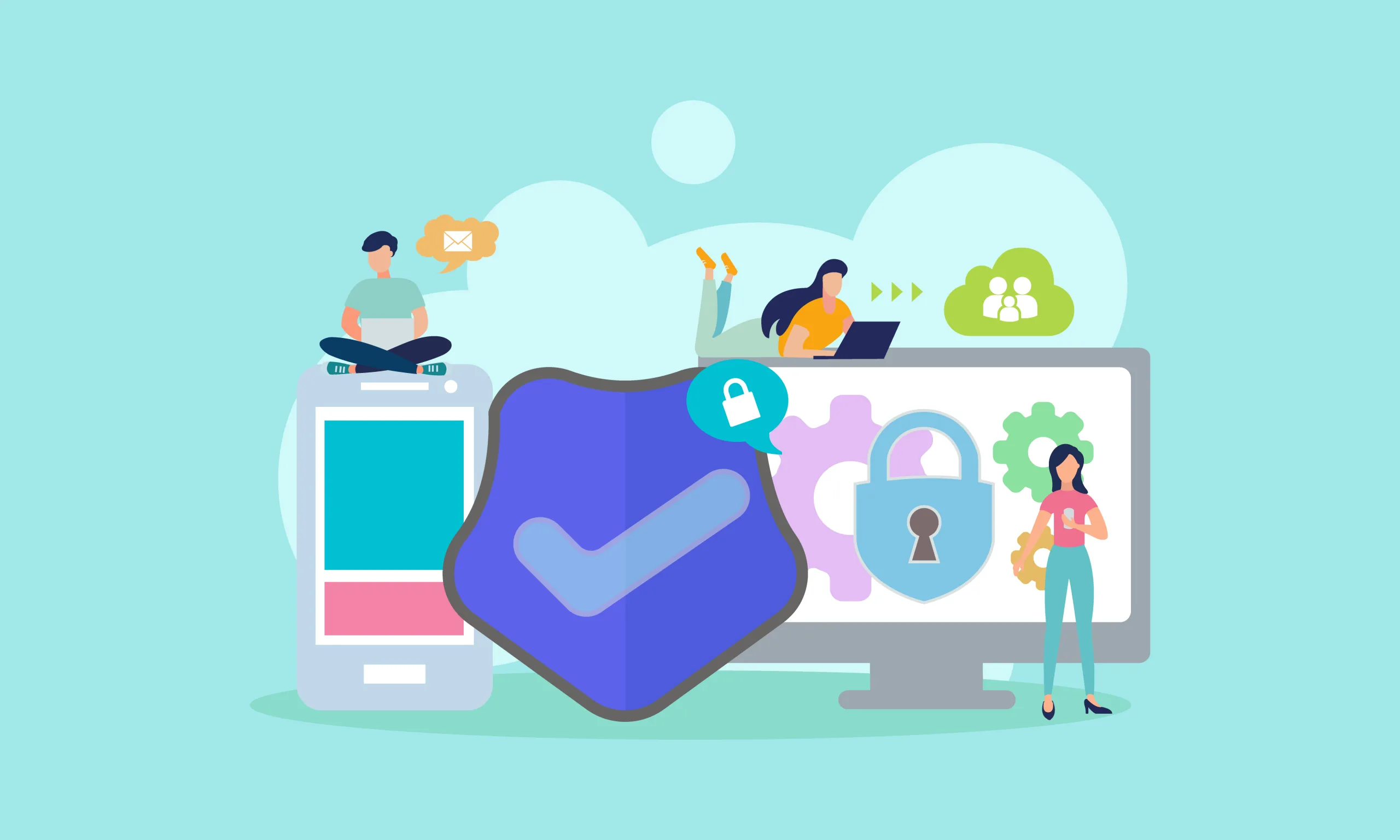Protecting digital assets in a remote work environment requires a comprehensive approach that includes strong data encryption, regular security training for employees, robust access control policies, and constant monitoring of security protocols.
Companies can create a secure virtual workspace, even when distributing their workforce across various locations, by implementing these measures. Establishing a security culture, where employees are aware of the risks and proactively report suspicious activities, is critical.
What are the best practices for securing company data accessible to remote workers?
- To start with, companies should mandate the use of Virtual Private Networks (VPNs) to secure data transmission between remote locations and company servers.
- Additionally, implementing multi-factor authentication (MFA) adds an extra layer of security, ensuring that only authorized individuals gain access to sensitive information.
- Keeping all software and systems updated is vital to protect against the latest vulnerabilities.
- Lastly, enforcing strong password policies and using password management tools can significantly reduce the risk of unauthorized access.
- Another practice includes encrypting all sensitive data, both at rest and in transit. This ensures that, in the event of data interception, the data remains unreadable without the correct encryption keys.
- To preserve and protect important information, companies should establish regularly scheduled data backups and utilize secure cloud services.
- Additionally, implementing data loss prevention (DLP) solutions is advisable for monitoring and controlling data transfer to prevent accidental or intentional data breaches.
How can employee training enhance remote work security?

Employee training is crucial in preventing cyber threats. A well-informed workforce is the first line of defense against phishing attacks, malware, and other security incidents.
Conducting regular training sessions is essential to educate employees on how to recognize and handle potential threats.
Cybersecurity awareness programs can focus on topics like spotting suspicious emails, securing home Wi-Fi networks, and following company policies when using personal devices for work (BYOD policies).
Additionally, training should not be a one-time event but an ongoing process. Refreshers and updates on the latest cyber threats can help keep security top-of-mind.
Encouraging a culture where employees feel comfortable reporting potential security issues without fear of reprisal will lead to quicker identification and resolution of security risks.
Simulation exercises such as mock phishing attempts can also be useful in gauging employee vigilance and preparedness.
What role does access control play in remote work security?

Access control is paramount in safeguarding digital assets. Companies should embrace the principle of least privilege, granting employees access only to the resources essential for their job roles.
The implementation of fine-grained access controls ensures that sensitive data is accessible solely to personnel with a legitimate need to view or manipulate it.
Conducting regular audits of user privileges and access logs is essential to identify any unusual patterns that might indicate a security breach.
When employees leave the company or change roles, access rights should be promptly adjusted. Implementing timely access revocation helps prevent former employees from accessing company data post-termination.
In the realm of remote work, using identity and access management (IAM) tools helps streamline the process of managing access rights and keeping track of user activity across multiple platforms and applications.
How does constant vigilance and monitoring improve security for remote teams?
Continuous monitoring is essential for detecting and responding to security incidents quickly. Security Information and Event Management (SIEM) systems can be deployed to provide real-time monitoring and analysis of security alerts generated by network hardware and applications. This comprehensive view allows for the early detection of potential security events before they escalate into damaging breaches.
Additionally, anomaly detection systems can spot unusual behaviors that may signify an insider threat or a compromised account.
Regular vulnerability assessments and penetration testing can help identify potential weaknesses in the company’s cybersecurity posture. Automated alerts can be set up to flag any unauthorized attempts to access the system.
Companies should also consider cybersecurity services that offer 24/7 threat monitoring and incident response capabilities to comprehensively protect digital assets around the clock.
Conclusion
Protecting digital assets in a remote work setting is a multifaceted challenge that requires a deliberate and consistent approach. Best practices like using VPNs, enforcing MFA, encrypting data, and educating employees build the foundation of a secure remote work environment.
Access control and continuous vigilance through SIEM and regular security assessments further solidify an organization’s defenses. By meticulously applying these measures, companies can create a more resilient and secure infrastructure for their remote workforce.
For more in-depth insights and guidance on securing remote workspaces, explore the “Remote Work Security: A Comprehensive Guide to Safeguarding Digital Work Environments” article on InTheValley.blog.
- Burnout in Remote Teams: How It’s Draining Your Profits - January 27, 2025
- Signs You’re Understaffed - January 20, 2025
- The Cost of Silence: Communicating Negative Feedback - January 13, 2025
